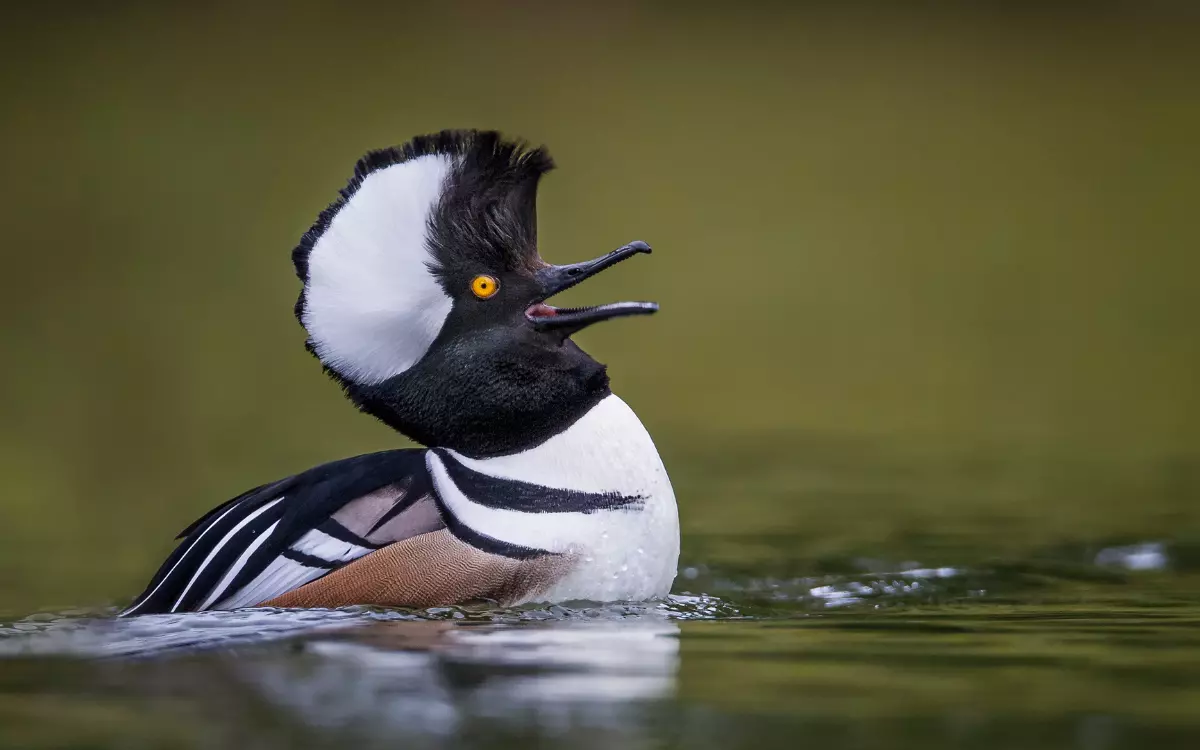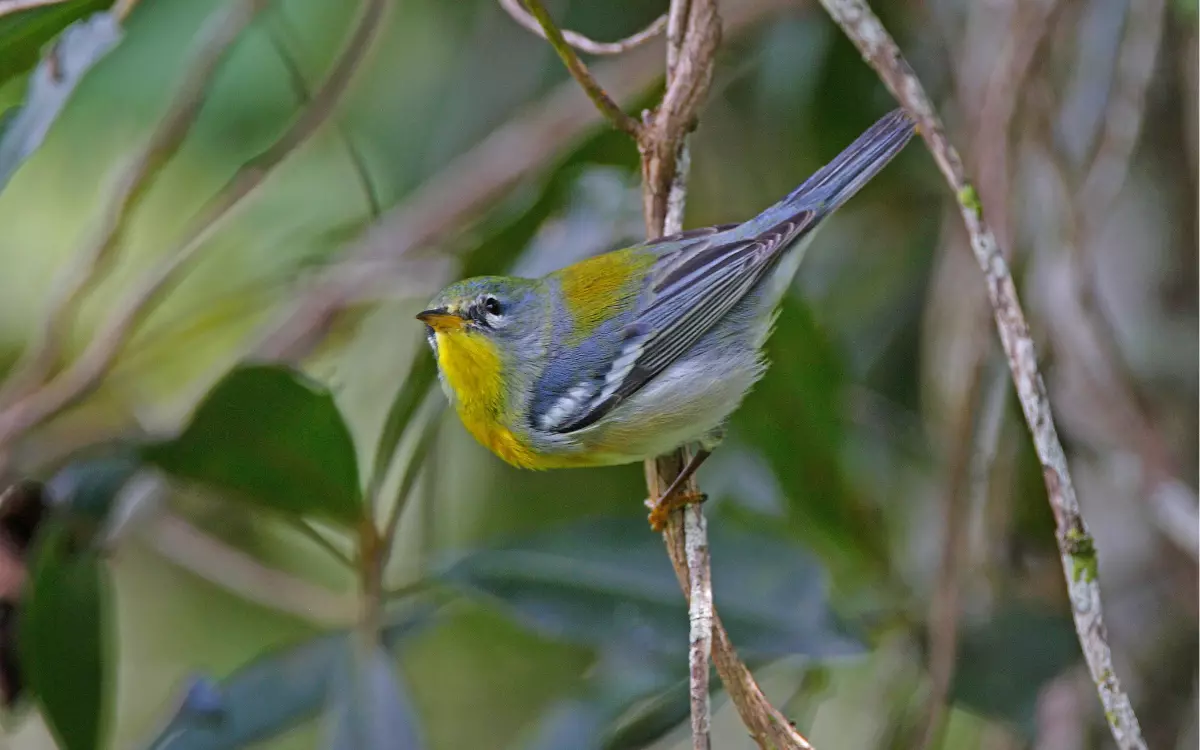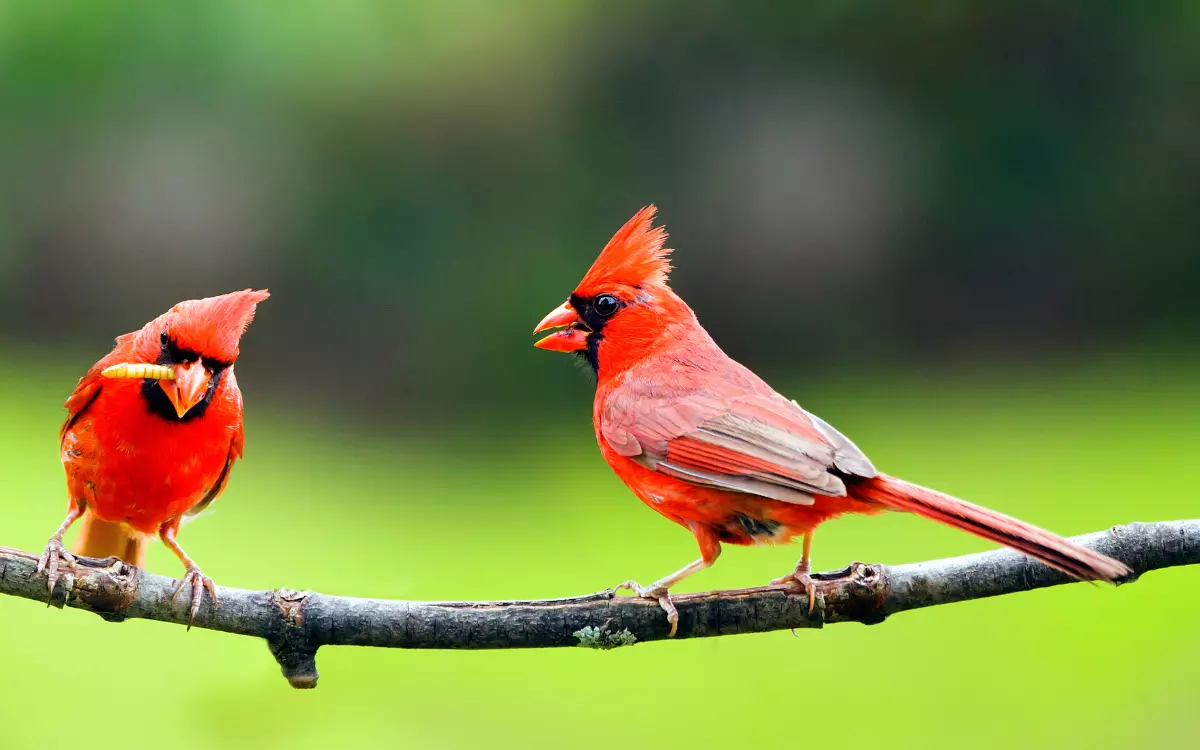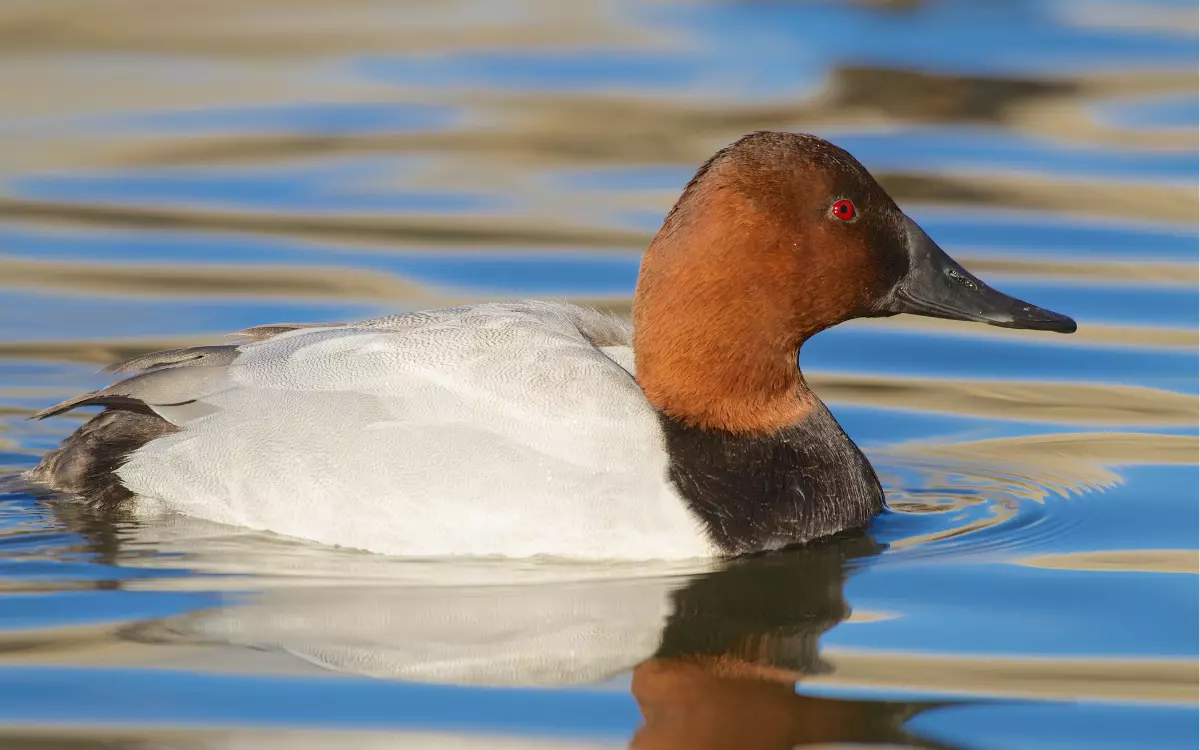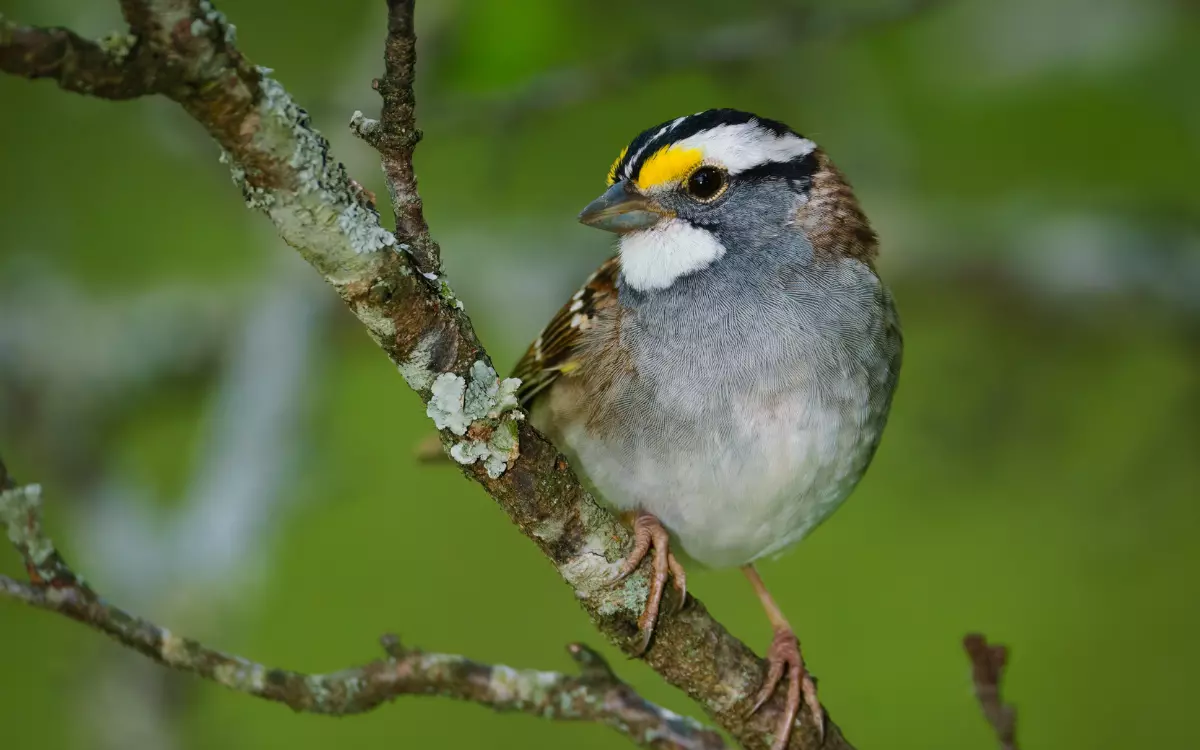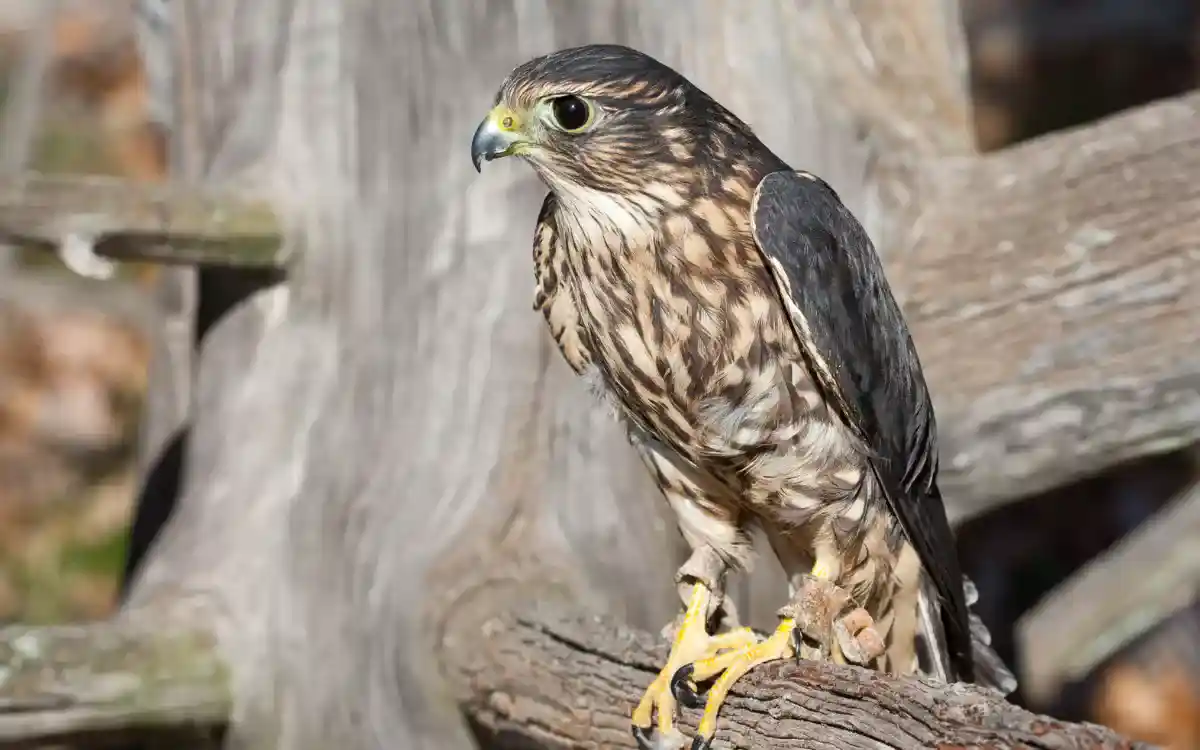10 Rare Blackbirds of Colorado
Today we found the rarest 10 Blackbirds of Colorado.The interesting species like the Common Grackle, Rusty Blackbird, Chihuahuan Raven and the Chihuahuan Raven.
1.European Starling (Sturnus vulgaris):
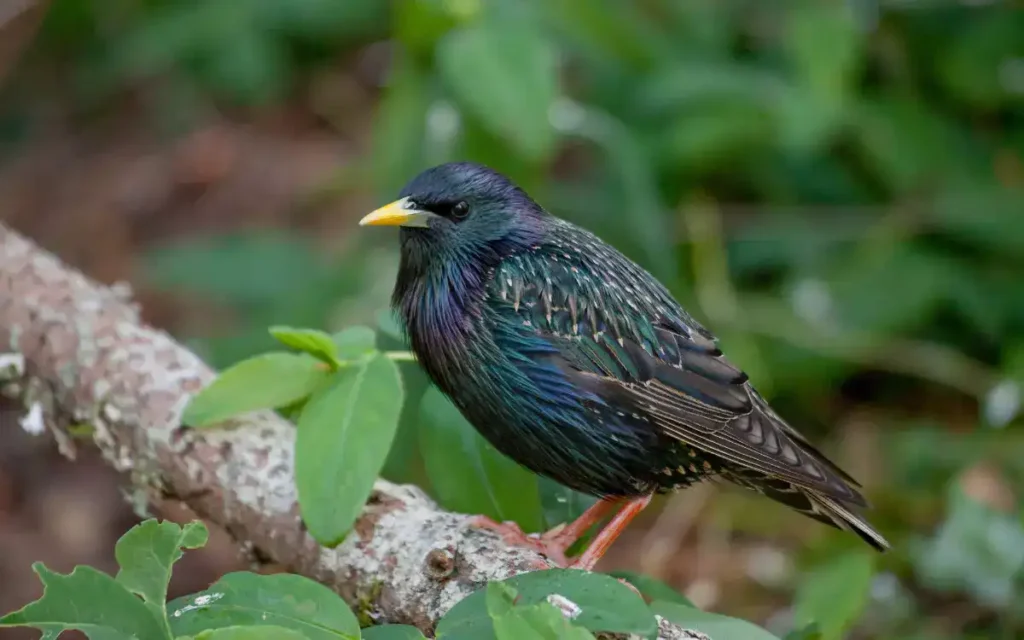
- Kingdom: Animalia
- Phylum: Chordata
- Class: Aves
- Order: Passeriformes
- Family: Sturnidae
- Genus: Sturnus
- Species: vulgaris
European Starlings have glossy, iridescent feathers that sparkle with colors like green and purple. Their sharp beaks turn yellow during the warm seasons.
They are incredibly adaptable and can thrive in cities and countryside alike, living close to humans.
Starlings often take over other birds’ nests and like to nest in buildings or tree holes. They eat almost anything, from insects and fruits to seeds and human leftovers.
Fun Fact: Starlings can mimic various sounds, even those from other animals and mechanical noises!
- Length: 7.9-9.1 in (20-23 cm)
- Weight: 2.1-3.4 oz (60-96 g)
- Wingspan: 12.2-15.8 in (31-40 cm)
2. Rusty Blackbird (Euphagus carolinus):
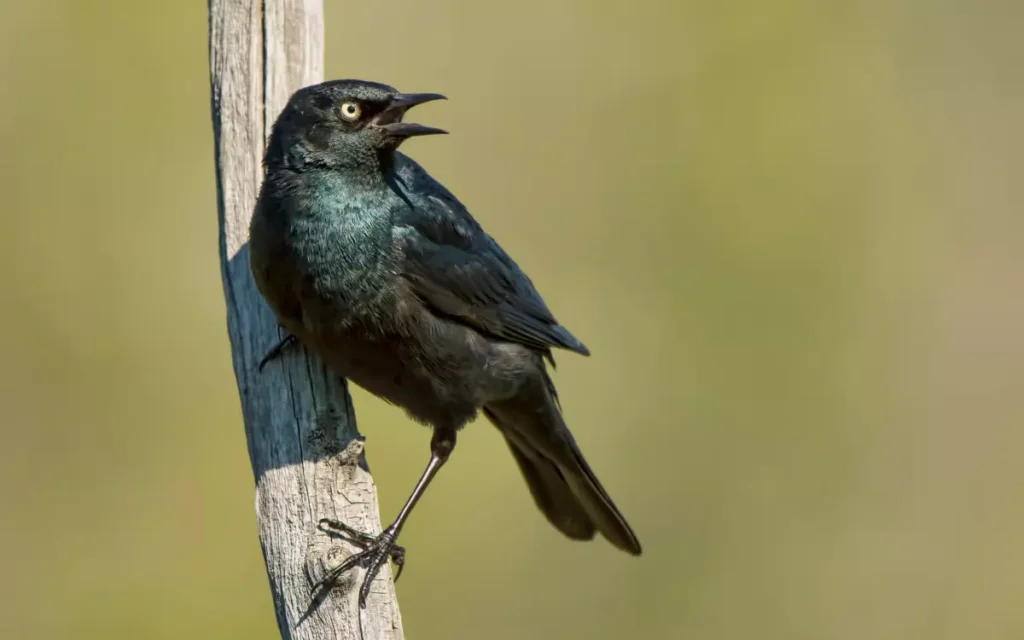
- Kingdom: Animalia
- Phylum: Chordata
- Class: Aves
- Order: Passeriformes
- Family: Icteridae
- Genus: Euphagus
- Species: carolinus
The Rusty Blackbird has a sleek black body in males, with a hint of rust-brown during the breeding season. Females are more brown overall. Both have pale yellow eyes, making them distinctive.
They prefer wet wooded areas such as swamps and marshes, especially during breeding season.
Rusty Blackbirds build their nests low in trees or shrubs, often near water, using grass and mud. They mainly eat insects, seeds, and occasionally small fish, adapting their diet to the season.
Fun Fact: The population of Rusty Blackbirds has dramatically declined, making sightings increasingly rare.
- Length: 8.3-9.8 in (21-25 cm)
- Weight: 1.7-2.8 oz (47-80 g)
- Wingspan: 14.6 in (37 cm)
3. Brown-headed Cowbird (Molothrus ater):
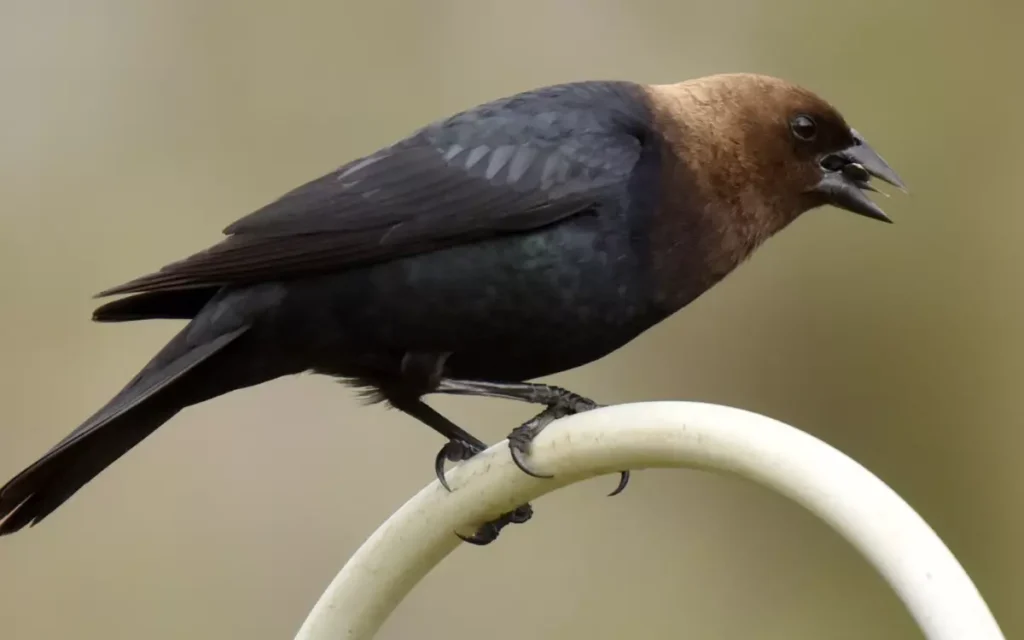
- Kingdom: Animalia
- Phylum: Chordata
- Class: Aves
- Order: Passeriformes
- Family: Icteridae
- Genus: Molothrus
- Species: ater
Male Brown-headed Cowbirds have a striking brown head and shiny black bodies, while females are plain with grayish-brown feathers all over.
These birds are often seen in open or semi-open landscapes, especially near fields and pastures.
They do not build their own nests. Instead, Brown-headed Cowbirds lay their eggs in the nests of other birds, a behavior known as brood parasitism.
Their diet mainly consists of seeds and insects, which they forage from the ground.
Fun Fact: Brown-headed Cowbirds can lay eggs in over 220 different species of birds’ nests!
- Length: 6.3-8.7 inches (16-22 cm)
- Weight: 1.1-1.8 ounces (30-50 grams)
- Wingspan: 12.6-15.0 inches (32-38 cm)
4.Common Grackle (Quiscalus quiscula):
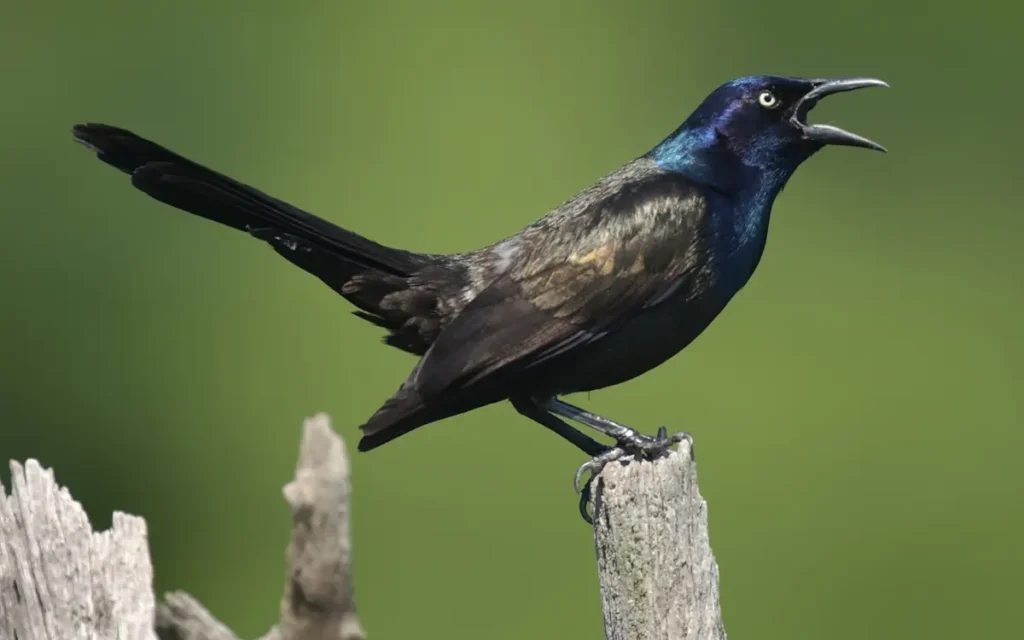
- Kingdom: Animalia
- Phylum: Chordata
- Class: Aves
- Order: Passeriformes
- Family: Icteridae
- Genus: Quiscalus
- Species: Quiscalus quiscula
Common Grackles are medium-sized birds with long tails and glossy black feathers that often show iridescent blue and purple in the light. Their eyes are strikingly bright yellow.
They thrive in a variety of environments from woodlands to urban parks, and are commonly found near water sources like lakes and ponds.
Grackles often nest in colonies. They build their nests in trees using twigs and grass, lining them with mud for stability.
Their diet is diverse, eating everything from insects and minnows to grains and fruits.
Fun Fact: Common Grackles are known for their ability to imitate the sounds of other birds and even mechanical noises.
- Length: 11.0-13.4 in (28-34 cm)
- Weight: 2.6-5.0 oz (74-142 g)
- Wingspan: 14.2-18.1 in (36-46 cm)
5. Brewer’s Blackbird (Euphagus cyanocephalus):
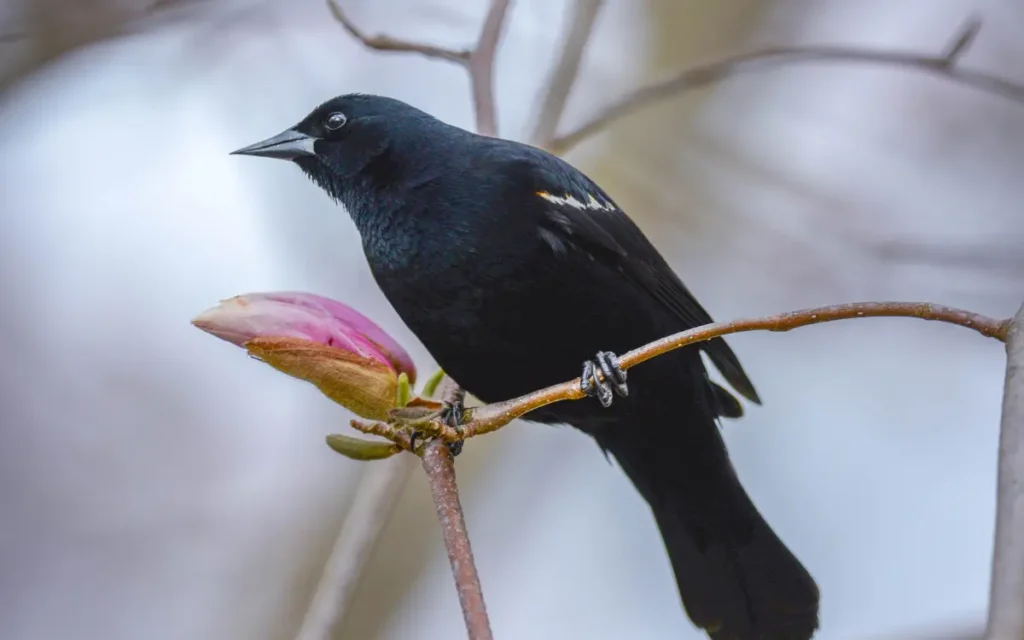
- Kingdom: Animalia
- Phylum: Chordata
- Class: Aves
- Order: Passeriformes
- Family: Icteridae
- Genus: Euphagus
- Species: cyanocephalus
Brewer’s Blackbirds have sleek, glossy black feathers and males often display an iridescent blue sheen on their heads. Females are more of a subdued brownish-gray.
These birds are common in open and semi-open areas across the western and central parts of North America. They adapt well to both wild and urban environments.
Brewer’s Blackbirds nest in colonies. They typically build their nests low in bushes or on the ground, using grass and twigs.
They eat a mix of insects, seeds, and grains, often foraging on the ground or in low vegetation.
Fun Fact: Brewer’s Blackbirds are not shy around humans and can often be seen walking confidently in parks or outdoor cafeterias.
- Length: 7.9-9.8 in (20-25 cm)
- Weight: 1.8-3.0 oz (50-86 g)
- Wingspan: 14.6 in (37 cm)
6.Chihuahuan Raven (Corvus cryptoleucus):
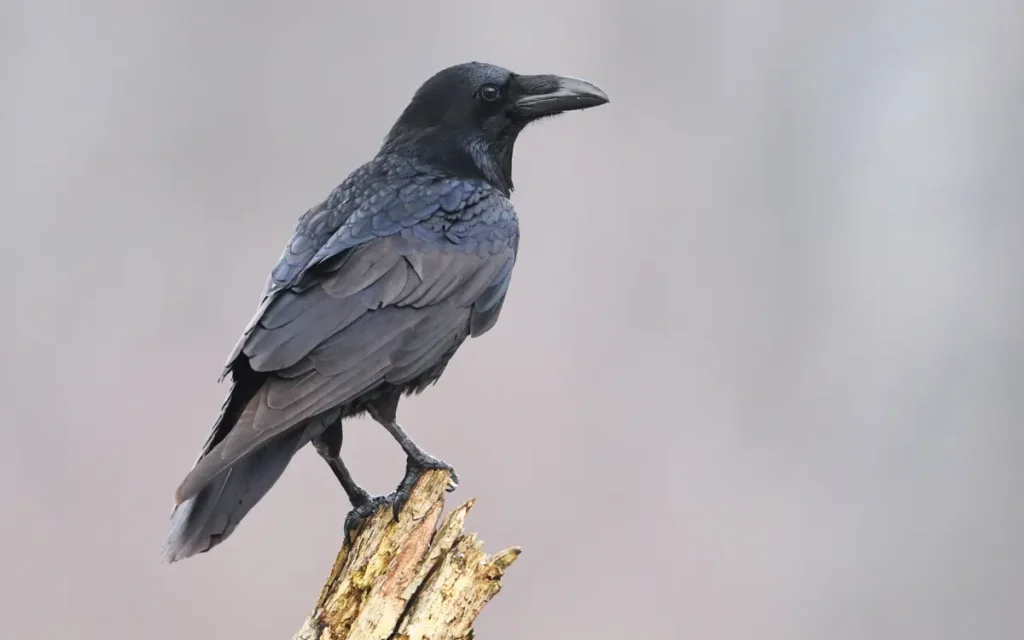
- Kingdom: Animalia
- Phylum: Chordata
- Class: Aves
- Order: Passeriformes
- Family: Corvidae
- Genus: Corvus
- Species: cryptoleucus
Chihuahuan Ravens are large birds with shiny black feathers that may appear slightly purple in the sunlight. They have white bases on their neck feathers that are usually hidden.
These ravens are found in arid landscapes such as deserts and grasslands in the southwestern United States and northern Mexico. They are adaptable and often seen around human habitations.
They build large, sturdy nests out of sticks and line them with softer materials like fur and grass, usually in tall trees or on utility poles.
Chihuahuan Ravens are opportunistic feeders, eating anything from insects and small animals to grains and food waste.
Fun Fact: Despite their large size, these ravens are known for their acrobatic skills in flight, often performing rolls and somersaults.
- Length: 18.1-20.9 in (46-53 cm)
- Weight: 15.6-23.5 oz (442-667 g)
- Wingspan: 40.9-43.3 in (104-110 cm)
Read also: 9 Blue Colored Birds To See
7.Common Raven (Corvus corax):
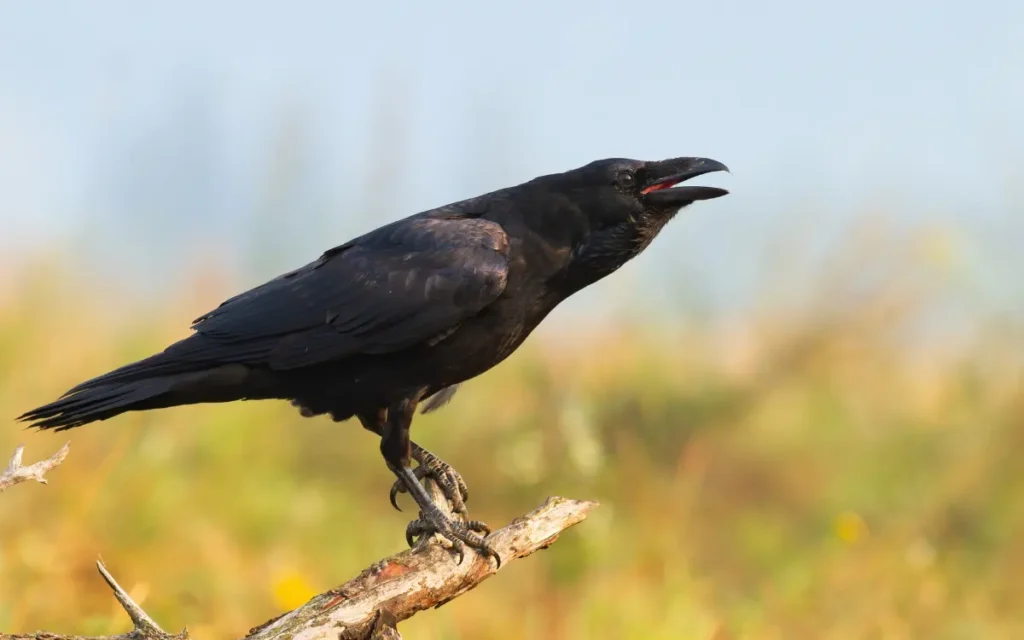
- Kingdom: Animalia
- Phylum: Chordata
- Class: Aves
- Order: Passeriformes
- Family: Corvidae
- Genus: Corvus
- Species: Corvus corax
The Common Raven is a large bird, known for its all-black plumage that can appear glossy in the sun. They have a powerful bill and shaggy feathers around their throats.
Common Ravens are incredibly adaptable and can be found in a variety of habitats, from Arctic tundras to deserts. They are particularly common in mountainous areas.
They build large nests from sticks and line them with softer materials like fur or grass. These nests are often located on cliff ledges or high in trees.
Ravens are omnivores and very resourceful; their diet includes insects, grains, fruit, small animals, and carrion.
Fun Fact: Ravens are among the smartest of all birds, capable of solving complex problems and mimicking sounds they hear.
- Length: 22.1-27.2 in (56-69 cm)
- Weight: 24.3-57.3 oz (689-1625 g)
- Wingspan: 45.7-46.5 in (116-118 cm)
8.Yellow-headed Blackbird (Xanthocephalus xanthocephalus):
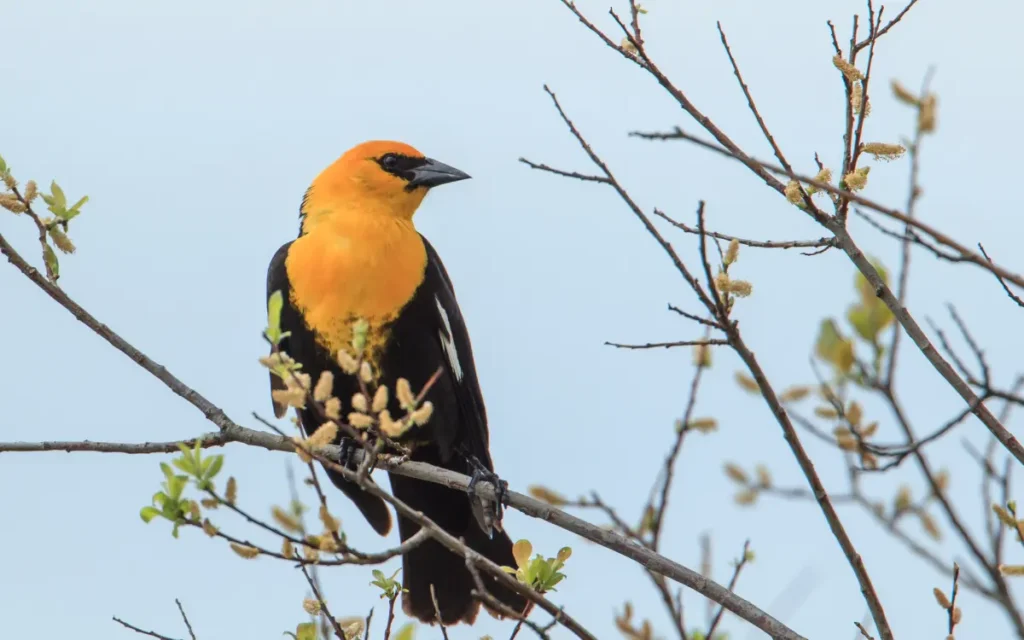
- Kingdom: Animalia
- Phylum: Chordata
- Class: Aves
- Order: Passeriformes
- Family: Icteridae
- Genus: Xanthocephalus
- Species: Xanthocephalus xanthocephalus
Yellow-headed Blackbirds are striking with their bright yellow heads and chests, contrasting sharply with their black bodies. This bold coloring makes them easy to spot.
They thrive in wetlands and marshy areas, particularly in western and central North America during the breeding season.
These birds build their nests directly in reeds above the water, using wet plant material to craft a secure base for their eggs.
Yellow-headed Blackbirds primarily eat insects and seeds, which they often gather in large flocks.
Fun Fact: These birds are not only colorful but also noisy; their calls are a distinctive part of the soundscape in their habitats.
- Length: 8.3-10.2 in (21-26 cm)
- Weight: 1.6-3.5 oz (44-100 g)
- Wingspan: 16.5-17.3 in (42-44 cm)
9.Black-billed Magpie (Pica hudsonia):
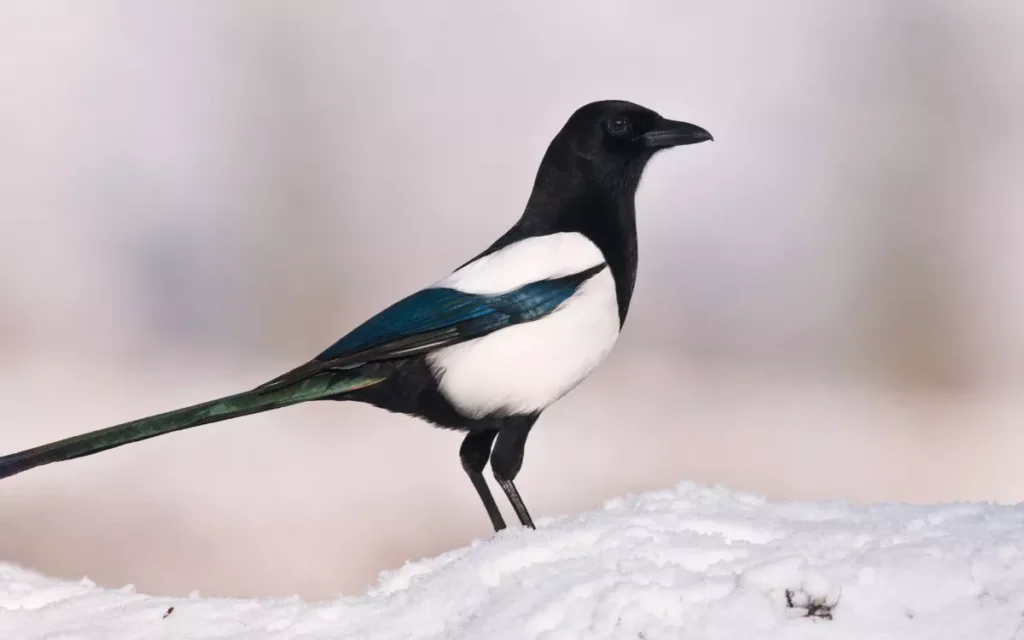
- Kingdom: Animalia
- Phylum: Chordata
- Class: Aves
- Order: Passeriformes
- Family: Corvidae
- Genus: Pica
- Species: Pica hudsonia
Black-billed Magpies are noticeable with their long tails and striking black and white plumage. Their wings flash iridescent blue in sunlight, making them quite eye-catching.
These birds are adaptable and often found in meadows, grasslands, and areas near human settlements across the western North America.
Magpies build large, dome-shaped nests made of twigs, which they often place high in trees. These nests are complex and can protect against weather and predators.
They are omnivores, eating insects, seeds, rodents, and often scavenging for carrion or human leftovers.
Fun Fact: Black-billed Magpies are known for their intelligence, similar to other members of the crow family. They are capable of recognizing themselves in mirrors, a sign of self-awareness.
- Length: 45-60 cm (17.72-23.62 in)
- Weight: 145-210 g (5.11-7.40 oz)
- Wingspan: 56-61 cm (22.05-24.02 in)
10.Great-tailed Grackle (Quiscalus mexicanus):
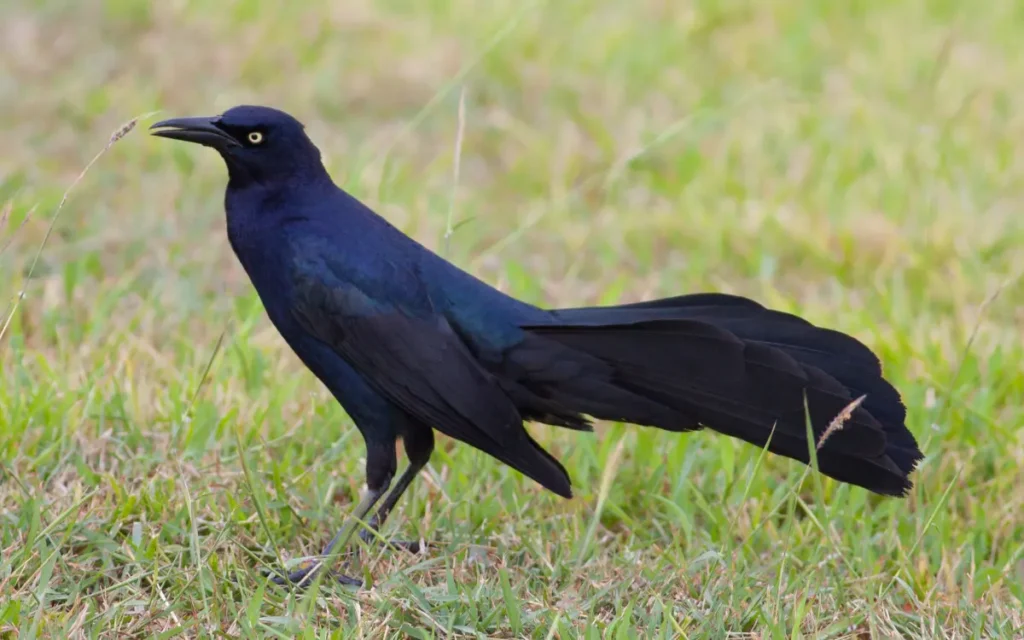
- Kingdom: Animalia
- Phylum: Chordata
- Class: Aves
- Order: Passeriformes
- Family: Icteridae
- Genus: Quiscalus
- Species: Quiscalus mexicanus
Great-tailed Grackles are large birds with glossy black feathers in males and brownish plumage in females. Males have long, V-shaped tails that they fan out impressively.
These birds are highly adaptable and can be found in various habitats, including urban areas, farmlands, and wetlands across the southwestern United States and Central America.
They build bulky nests in trees or shrubs, using twigs and grasses. Nests are often located in colonies, providing protection from predators.
Great-tailed Grackles are omnivorous, eating insects, grains, fruits, and even small animals. They are known to scavenge human food as well.
Fun Fact: These birds are very social and noisy, often gathering in large flocks and making a variety of calls and sounds.
- Length: 15-18 inches (38-46 cm)
- Weight: 4-6 ounces (113-170 grams)
- Wingspan: 18.9-22.8 inches (48-58 cm)
Unique Aspects of Black Birds:
Blackbirds in Colorado have special traits that help them flourish in the state’s different climates. For example, their dark feathers absorb heat well, which is useful during cold winters. These birds are also smart, finding food and shelter in various environments, from busy cities to quiet mountains.
Where to Observe Black Birds in Colorado:
Popular spots for observing black birds in Colorado include Rocky Mountain National Park, Barr Lake State Park, Pueblo Reservoir, San Luis Valley, and Chatfield State Park. Visit early in the morning when birds are most active.
Joining local bird watching groups can provide valuable tips. While searching for blackbirds, don’t miss the chance to spot Yellow Birds Colorado, adding more excitement to your birdwatching adventure.
FAQs:
Q: What is the black-headed Colorado bird?
Ans: The black-headed Colorado bird is the Brown-headed Cowbird. Males have shiny black bodies and brown heads.
Q: Are there grackles in Colorado?
Ans: Yes, Common Grackles are found in Colorado, especially in open areas and near water.
Q: Is a grackle a crow?
Ans: No, grackles and crows are different birds. Grackles are smaller with iridescent feathers, while crows are larger and entirely black.
Q: What is the rarest bird in Colorado?
Ans: The Gunnison Sage-Grouse is considered one of the rarest birds in Colorado due to its limited range and declining population.
Q: Are black grouse rare?
Ans: Yes, black grouse are rare and are found in specific habitats like moorlands and forest edges in Europe and Asia, but they are not native to Colorado.
Conclusion:
The above 10 Black Birds include special and interesting species such as the Common Grackle and the Chihuahuan Raven. These birds help us appreciate the beauty and variety of birdlife in Colorado.

